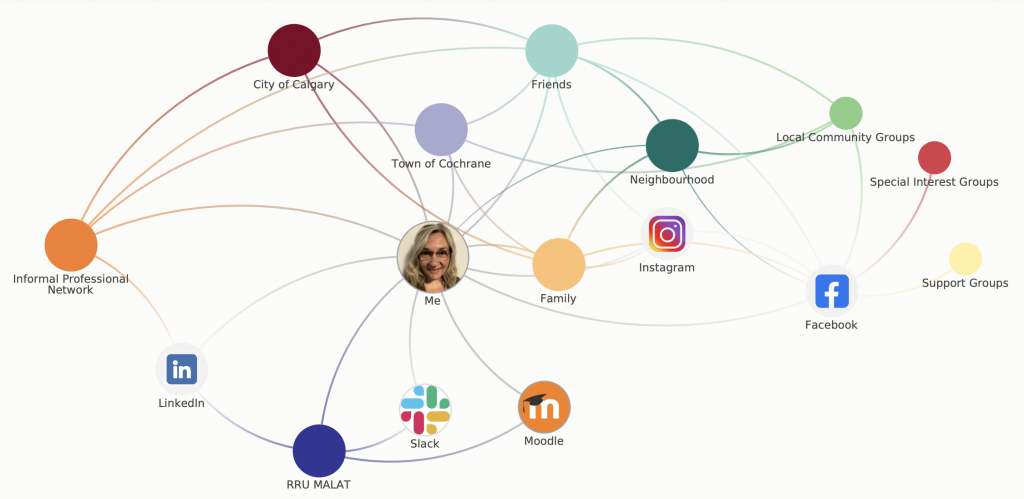
The world we live in has changed, and there is no denying that global temperatures are on the rise. Educational technology (Ed-Tech) is also evolving rapidly and continuously shapes the way we learn in new ways. The impact of Ed-Tech on the environment, both positive and negative, should be considered as we move forward in time.
As part of LRNT 521, we have paired up to explore the impact of digital learning in various contexts. My partner for this research, Shazia, will be exploring the positive environmental impact of Ed-Tech on her blog, while I will highlight some of the negative impacts in the list below:
- Ed-Tech relies on digital devices which are constructed from a variety of metals, contributing to the consumption of non-renewable resources.
- Production of digital artifacts and devices uses considerable energy consumption. It is estimated that 70-80% of a lap tops energy use in its lifecycle happens during the production of the product itself.
- Data processing and storage at data centres and server farms use significant power and water to function.
- “Recycling” and disposing of devices and hardware comes with an environmental cost leading to increased pollution, contamination and toxic waste.
- Not only do devices consume energy while in use, but they also drain energy when idle, adding to overall energy consumption.
- Technology-induced energy savings results in more widely used technology, increasing energy consumption through a ‘rebound’ effect (Huang, A., 2011; Macgilchrist, F., 2021; Selwyn, N., 2021).
References
Huang, A. (2011). Applying sustainable systems development approach to educational technology systems. Journal of Educational Technology Systems, 40(1), 19–34. https://doi.org/10.2190/ET.40.1.c
Macgilchrist, F. (2021). Rewilding technology. On Education. Journal for Research and Debate, 4(12). https://doi.org/10.17899/on_ed.2021.12.2
Selwyn, N. (2021). Ed-tech within limits: Anticipating educational technology in times of environmental crisis. E-Learning and Digital Media, 18(5), 496–510. https://doi.org/10.1177/20427530211022951

